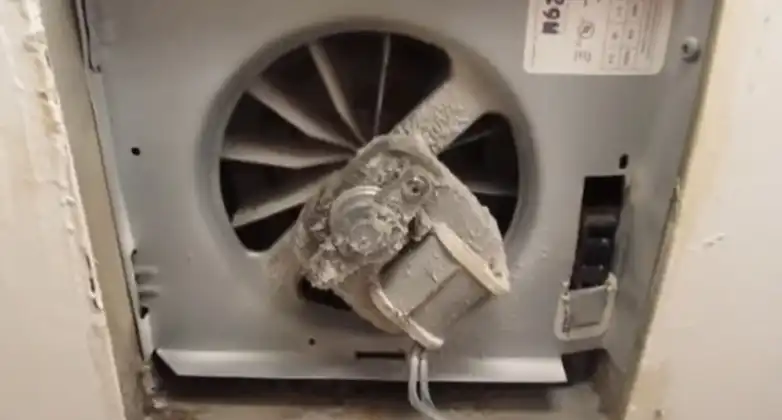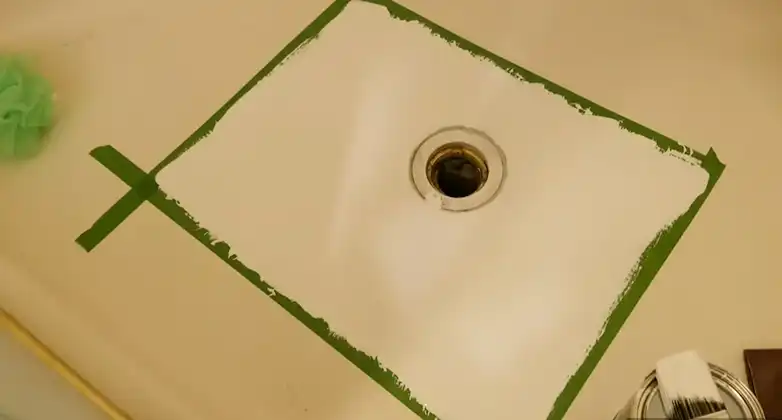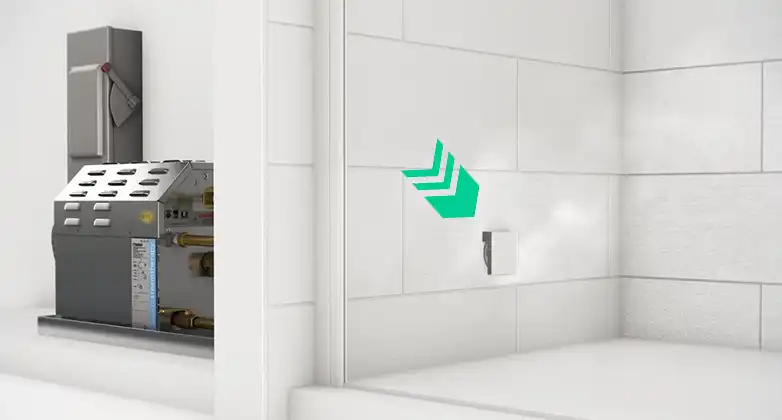Have you ever wondered why a bathroom is often referred to as a “restroom”? The term might seem peculiar considering its association with a place primarily used for personal hygiene.
In this article, we will explore the historical analysis of the term “restroom” and delve into the reasons behind its usage to describe a bathroom.
Let’s embark on a journey to unravel the origins and evolution of this intriguing phrase.

The Rest Room Unveiled: Understanding its Purpose and Name
A restroom, also known as a restroom, is a facility designed to provide individuals with a place to take a break, relax, and attend to their personal needs. It is a designated area where people can find respite, refresh themselves, and relieve themselves. The term “restroom” originated from the idea of creating a space where individuals could find rest and rejuvenation.
The term “restroom” emerged in the late 19th century when there was a growing need for public spaces that offered comfort and convenience. These areas were initially created to provide individuals with a place to rest and take a break from their daily activities. As these spaces developed, additional amenities such as sinks, mirrors, and eventually toilets were incorporated.
As time went on, restrooms began to incorporate additional features such as sinks and toilets to accommodate the growing need for personal care. The term “restroom” gradually extended its meaning to encompass spaces where individuals could not only find rest but also attend to their physiological needs.
It’s important to note that the term “restroom” is just one of many designations used to refer to bathrooms. Different cultures and regions have their own terms, each with its own unique historical and cultural influences.
How A Bathroom Is Different Than A Restroom? Let’s Break It Down
So, you might have noticed that sometimes people use the terms “bathroom” and “restroom” interchangeably. But are they really the same thing? Well, not exactly! The terms “bathroom” and “restroom” are often used interchangeably, but they do have subtle differences. A bathroom is typically a private space in our homes for personal hygiene needs, while a restroom refers to public facilities where people can take a quick break, freshen up, and recharge. In some regions, other words like “washroom” or “loo” may be used. Whether you’re in a bathroom or a restroom, what matters is finding a clean and convenient space to take care of your needs. Also, a bathroom usually consists of a bathtub, whereas a restroom does not.

Exploring Similar Terms Relating To Restrooms
While “restroom” is a commonly used term, various regions, and cultures have their own designations for the bathroom.

Let’s explore a few of these alternative terms:
- Loo: This British euphemism for a restroom is believed to have originated from various sources. One theory suggests it comes from the French word “l’eau,” meaning water, while another proposes a connection to the term “bordalou,” a portable ladies’ privy resembling a gravy boat carried in a muff. The exact etymology remains uncertain, but “loo” has become a widely used term for a restroom beyond British borders.
- Toilet: The term “toilet” stems from the French word “toilette,” which originally referred to a dressing room. In the 17th century, the term evolved to include the process of getting dressed, such as powdering wigs. Eventually, “toilet” came to represent the facilities used for personal care activities, including shaving, hair curling, and other grooming practices. Today, “toilet” can refer to both the room and the device itself.

- Washroom: An Americanism dating back to around 1850, “washroom” emerged as a more polite euphemism for a restroom. Its usage allowed individuals to discreetly indicate their need for handwashing without explicitly stating the nature of their visit. “Washroom” became popular around the same time “lavatory” was used for similar purposes.
- Water Closet or WC: Originating in Britain, the term “water closet” referred to a separate room housing the toilet, while the “bathroom” typically contained a bathtub. This distinction became blurred over time, resulting in the fusion of the two facilities into a single space.

“WC” is an abbreviation derived from “water closet” and is commonly used in various parts of the world to denote a restroom.
Frequently Asked Questions and Answers (FAQs)
Is it right to say restroom?
Yes, “restroom” is a commonly used term in American English to refer to a public facility that includes toilets. It is considered appropriate and widely understood.
Do the British say toilet or restroom?
In British English, the term “toilet” is more commonly used to refer to a facility that includes a toilet. “Restroom” is primarily used in American English.
What is a bathroom called in the USA?
In the USA, the term “bathroom” is commonly used to refer to a room or area that includes a toilet, sink, and sometimes a bathtub or shower. It is a more general term that encompasses the entire room, not just the toilet.
What is the proper term for the restroom?
The term “restroom” is widely accepted as a proper and polite way to refer to a public facility that includes toilets. It is a commonly used term in American English. Other terms like “washroom” or “toilet” may also be used depending on the region or context.
Conclusion
The term “rest room” has a fascinating historical background, originating from the concept of providing a space for individuals to rest and find solace. As the understanding of personal hygiene evolved, restrooms incorporated additional amenities, and the term expanded to include facilities for attending to physiological needs. Other restroom designations such as “loo,” “toilet,” “washroom,” and “water closet” emerged from various linguistic and cultural influences. By exploring the origins and significance of these terms, we gain a deeper understanding of the rich tapestry of language and its connection to our everyday lives.




